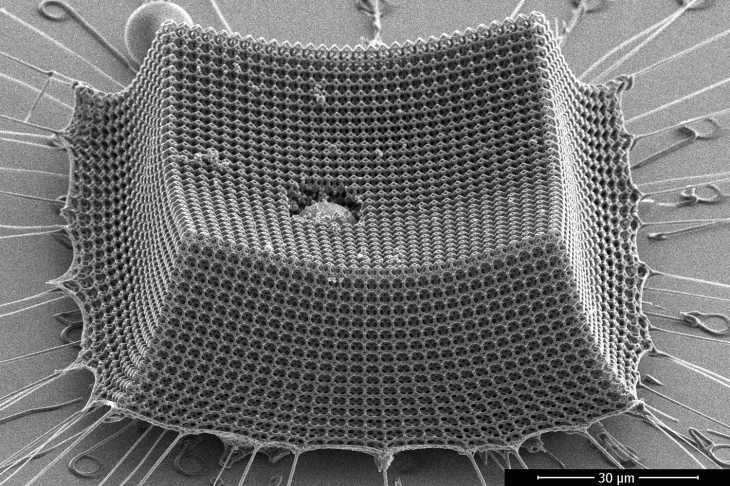Gear
An Explanation on How Kevlar Stops Bullets
An Explanation on How Kevlar Stops Bullets
Kevlar is a strong, lightweight synthetic fiber that is widely used in body armor and bulletproof vests. Its exceptional strength and durability make it an ideal material for stopping bullets. But how exactly does Kevlar work to protect the wearer from bullets? In this article, we will explore the science behind Kevlar’s bullet-stopping properties.
What is Kevlar?
Kevlar is a synthetic polymer material developed by DuPont in the 1960s. It is made of long chains of molecules, which are arranged in a parallel pattern to create a strong, flexible fiber. Kevlar has many applications, including in bulletproof vests, racing sails, and sports equipment.
How does Kevlar stop bullets?
When a bullet hits a Kevlar vest, the fibers absorb the impact and distribute the force of the bullet’s impact over a larger area. The bullet is then caught in the layers of Kevlar, which slows it down and eventually stops it. The key to Kevlar’s effectiveness is its ability to stretch and deform under stress, which allows it to absorb more energy and stop the bullet.
The science behind Kevlar’s bullet-stopping properties
The key to Kevlar’s bullet-stopping properties lies in its molecular structure. Kevlar is made of long chains of molecules that are very strong and stiff. When a bullet hits the vest, the fibers in the Kevlar stretch and deform, absorbing the kinetic energy of the bullet. The energy is then dispersed throughout the material, reducing the impact on the wearer’s body.
The importance of layering
Bulletproof vests made of Kevlar are typically made of several layers of the material. Each layer helps to slow down and stop the bullet, reducing the risk of injury. The more layers a vest has, the more protection it provides. However, more layers also mean more weight, which can be a concern for wearers who need to move quickly.
With a better understanding of how Kevlar works, we can appreciate the science and engineering that goes into making protective gear that saves lives.


